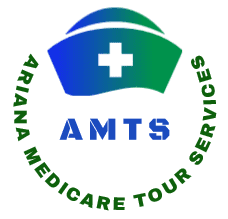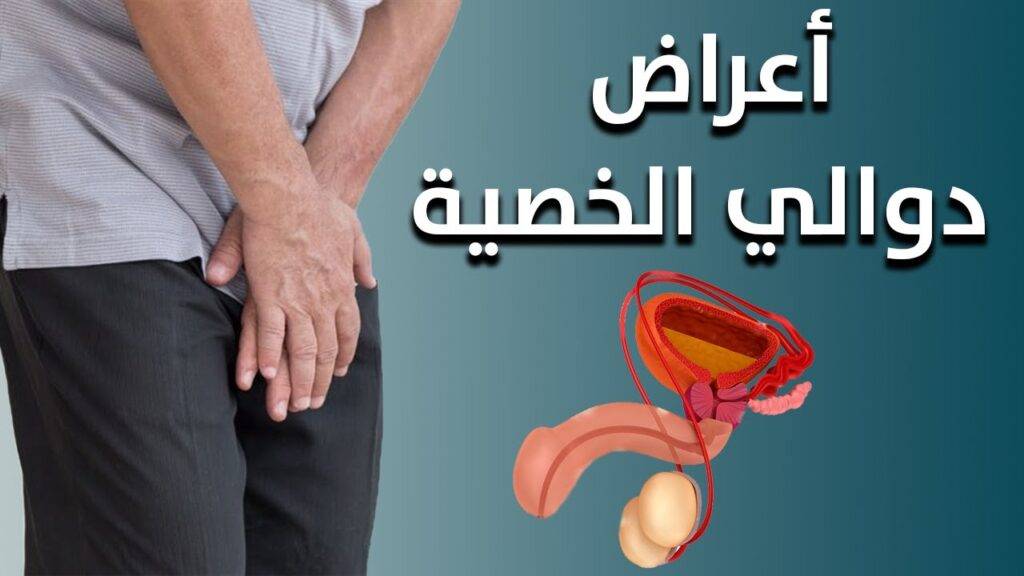Heart bypass surgery, also known as heart bypass or coronary artery bypass grafting, is a significant breakthrough in the field of cardiovascular medicine. Iran, and in particular the city of Shiraz, stands out as a pioneer in the development and implementation of this complex surgical procedure. This article aims to review the role of heart bypass surgery in the treatment of heart diseases, and shed light on the tangible efforts made by Iran, and specifically in the city of Shiraz, to improve this vital aspect of modern medicine.

Article contents
- Introduction.
- What is heart bypass surgery?
- Who needs heart bypass surgery?
- How is heart bypass surgery performed?
- What complications may occur this surgery?
- Surgical wound care.
- Symptoms of coronary artery disease.
- Recovery period.
- The duration of the surgery.
- Rest and activity after the operation.
- Sources
Introduction
Coronary artery bypass surgery is a very common surgical procedure and every year many people in Iran and the world undergo this surgery. Below we will explain the disease and other useful information in the field of this surgery.
What is heart bypass surgery?
Heart bypass surgery or coronary artery bypass graft, abbreviated as CABG, is a surgery to improve blood circulation in the heart. In heart bypass surgery, the surgeon uses blood vessels taken from another part of the body to reroute blood circulation from damaged vessels to new ones to improve circulation.
This surgery is performed if the coronary arteries are damaged or blocked. These arteries carry oxygen-rich blood back to the heart.
So if they are blocked or blood flow is restricted in them, the heart cannot function properly. This condition leads to heart failure.

Who needs heart bypass surgery?
When deposits form in the artery wall, blood flow to the heart muscle is reduced. This type of coronary artery disease (coronary heart disease) is called atherosclerosis.
If the heart does not receive enough oxygen, the potential for exhaustion and failure increases. Atherosclerosis can occur in any artery in the body.
The doctor suggests heart bypass surgery if the coronary arteries are so narrow that the risk of a heart attack is high. Also, heart bypass is done in cases where the blockage of the blood vessels is too severe to be managed with medications or other treatments.
How is heart bypass surgery performed?
- First, you will be given an anesthetic and after you are unconscious, the surgeon will make an incision in the middle of your chest.
- You may be connected to a heart-lung bypass machine so that oxygenated blood flows through the body but not to the heart while the heart is running.
- The sternum is then cut to access the heart and vein grafts. At this point, the surgeon takes a healthy vein from the patient’s leg and uses it as an artery to the heart so that blood can flow through it instead of the damaged or blocked vein. One end of the graft is attached to the top of the vein and the other end is attached to the bottom.
- In the final step, the surgeon evaluates the function of the transplanted vessel. After ensuring that the vein is working properly, the wounds are closed and bandaged.
- After that, you will be transferred to the intensive care unit to be monitored for some time.
- Usually, after a day, you will be taken to the ward and stay there for a few days.

Coronary artery bypass surgery.
CABG surgery creates a new pathway for blood to flow through to the heart. In this surgery, a healthy blood vessel from another part of the body is used to redirect blood around the blocked area of the artery. The blood vessel is usually taken from an artery in the chest called the internal thoracic artery, and sometimes it is taken from a vein in the leg called the saphenous vein.
What complications may occur this surgery?
This surgery, like any other open heart surgery, can have risks, but with the great advances that have been made in the field of medicine and its techniques, the probability of success of this operation has increased.
In general, the following side effects may occur after heart bypass surgery:
- Bleeding.
- Heartbeat disorder.
- A blood clot or thrombus.
- Chest pain.
- Infection.
- Kidney failure.
- Stroke or heart attack.
Surgical wound care
- Your surgical wounds do not need to be dressed after discharge from the hospital.Sutures need not be withdrawn except in special cases (the sutures are generally absorbable).
- Avoid using any cream, lotion, or powder on the wound. The best way to care for wounds is to shower and wash them daily with warm, soapy water.
- To prevent sensitivity and itching at the wound site, it is preferable to wear loose and comfortable cotton clothes. If any of the following occur, be sure to visit the surgeon:
- Increased redness and swelling around the edges of the wound.
- Persistent fever.
Symptoms of coronary artery disease
Heart bypass surgery is performed to treat blocked or narrowed arteries. The following symptoms could be signs of coronary artery disease.
- Chest pain.
- Extreme tiredness
- Heart beat.
- Arrhythmia.
- Shortness of breath.
- Swelling of the hands and feet.
- Indigestion.
Recovery Period
This is a gradual process. You may feel worse after the operation than before. It’s normal. Your body will need time to heal, but you will get better every day.
You won’t fully recover for about two months. Make sure to follow your doctor’s instructions.
You may not be able to drive for 3 to 8 weeks.
During the first few months, you should see your doctor several times to check your improvement. Call your doctor if your symptoms do not improve or if you feel worse.
The duration of the surgery
Heart bypass surgery takes about 3 to 6 hours, during which time you will be asleep.
Rest and activity after the operation
- Start your activity low and increase it gradually.
- Walking is one of the best activities, but give yourself a break between walks.
- Don’t try to do too much in a short period of time.
If any of the following conditions occur, stop your activity.
- Feeling short of breath.
- Heartbeat disorder.
- Decreased level of consciousness, dizziness.
If these symptoms do not subside after 20 minutes, you should inform your doctor.
- You can start your sexual activity two months after the operation.
- Avoid activities such as driving, cycling and motorcycling for two months after surgery.
Sources:
Farina, Piero; Gaudino, Mario Fulvio Luigi; Taggart, David Paul (2020). “The Eternal Debate With a Consistent Answer: CABG vs PCI”. Seminars in Thoracic and Cardiovascular Surgery. Elsevier BV. 32 (1): 14–20
Al-Atassi, Talal; Toeg, Hadi D.; Chan, Vincent; Ruel, Marc (2016). “Coronary Artery Bypass Grafting”. In Frank Sellke; Pedro J. del Nido (eds.). Sabiston and Spencer Surgery of the Chest. ISBN 978-0-323-24126-7
Bojar, R.M. (2021). Manual of Perioperative Care in Adult Cardiac Surgery. Wiley. ISBN 978-1-119-58255-7. Retrieved 2022-10-26
Read more about other articles in the medical fields (Cosmetics and Medical)
- Hair Transplant in Iran
- Rhinoplasty (Nose Job in Iran)
- Face Lift Surgery (Rhytidectomy) in Iran
- Breast Lift in Iran
- Chin Surgery in Iran
- Liposuction in Iran
- Tummy Tuck (abdominoplasty) in Iran
- Butt augmentation (Brazilian butt lift) in Iran
- Breast Augmentation in Iran
- Eye Care in Iran
- Cataract Surgery in Iran
- Diabetic Retinopathy Treatment in Iran
- Heart Surgery in Iran
- Knee replacement in Iran
- Eyelid Surgery In Iran
- Safe Abortion in Iran


